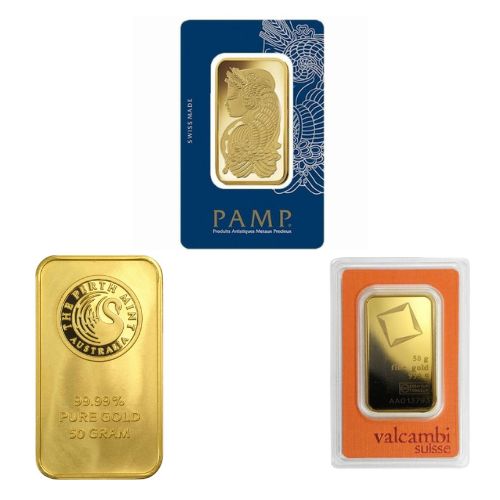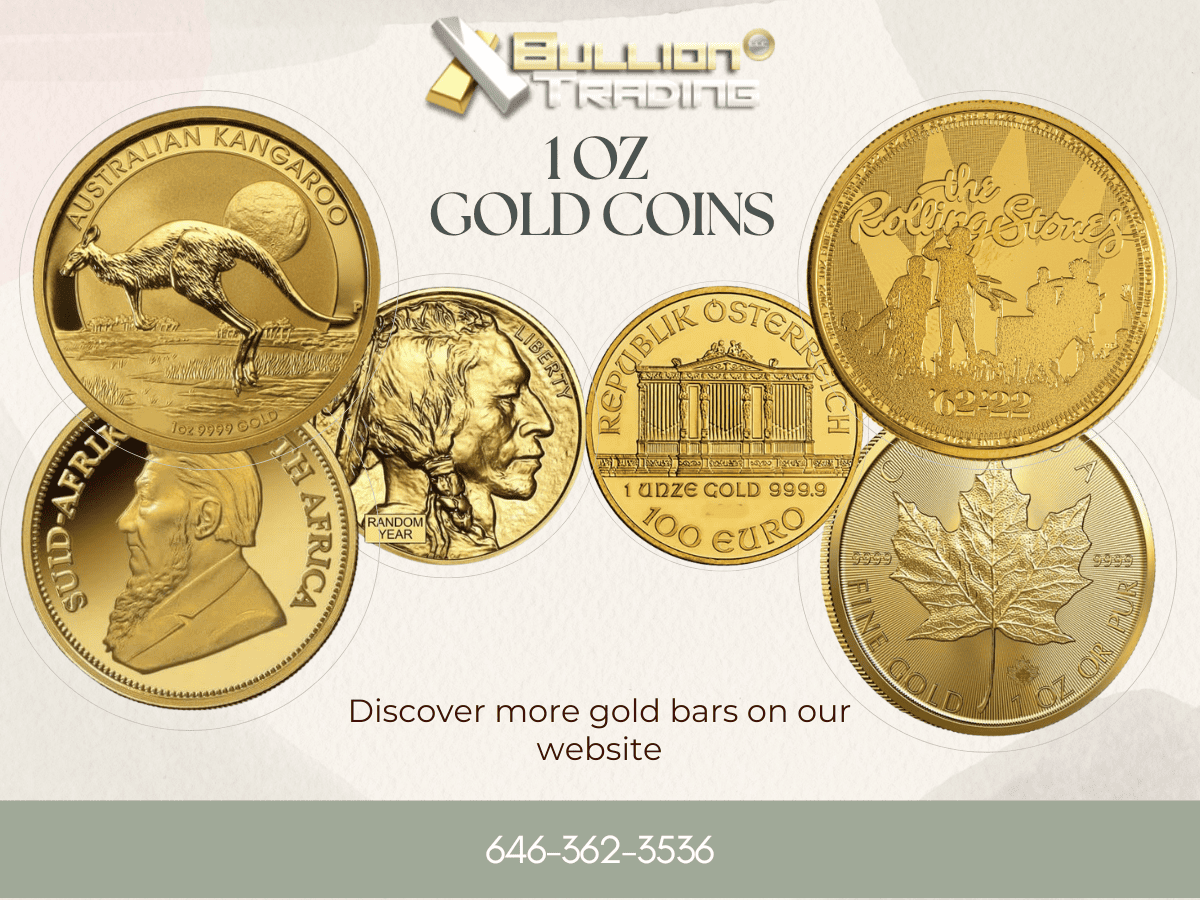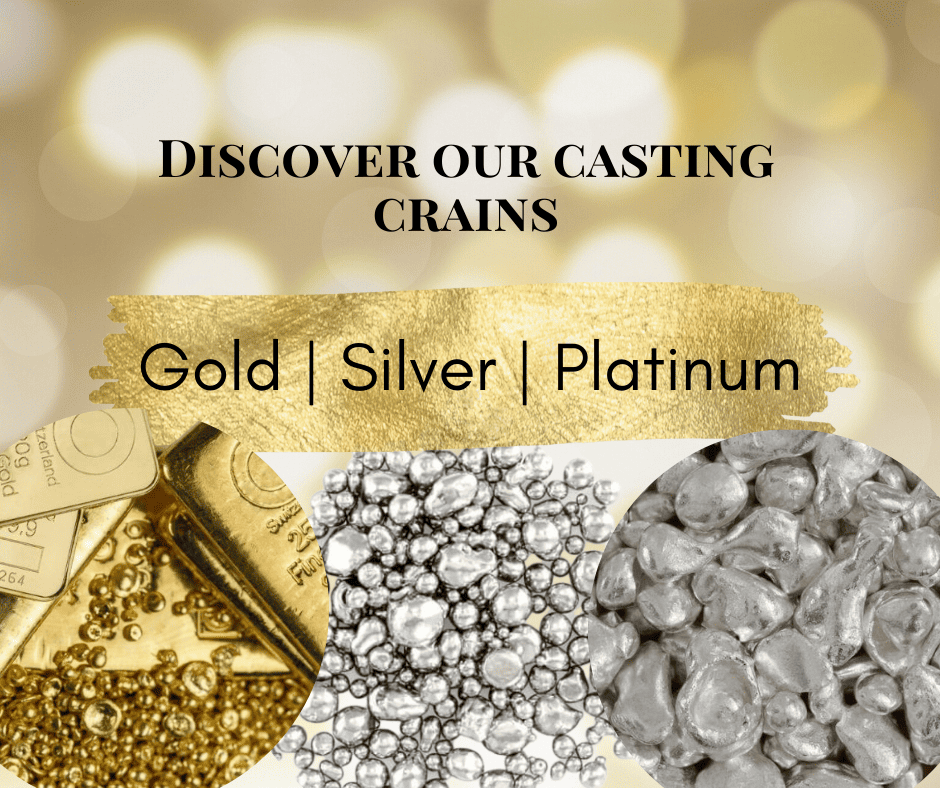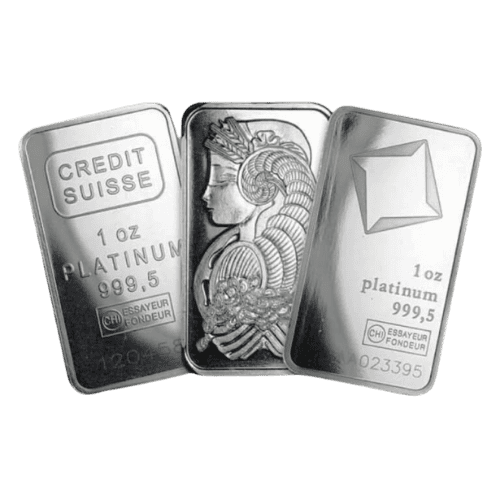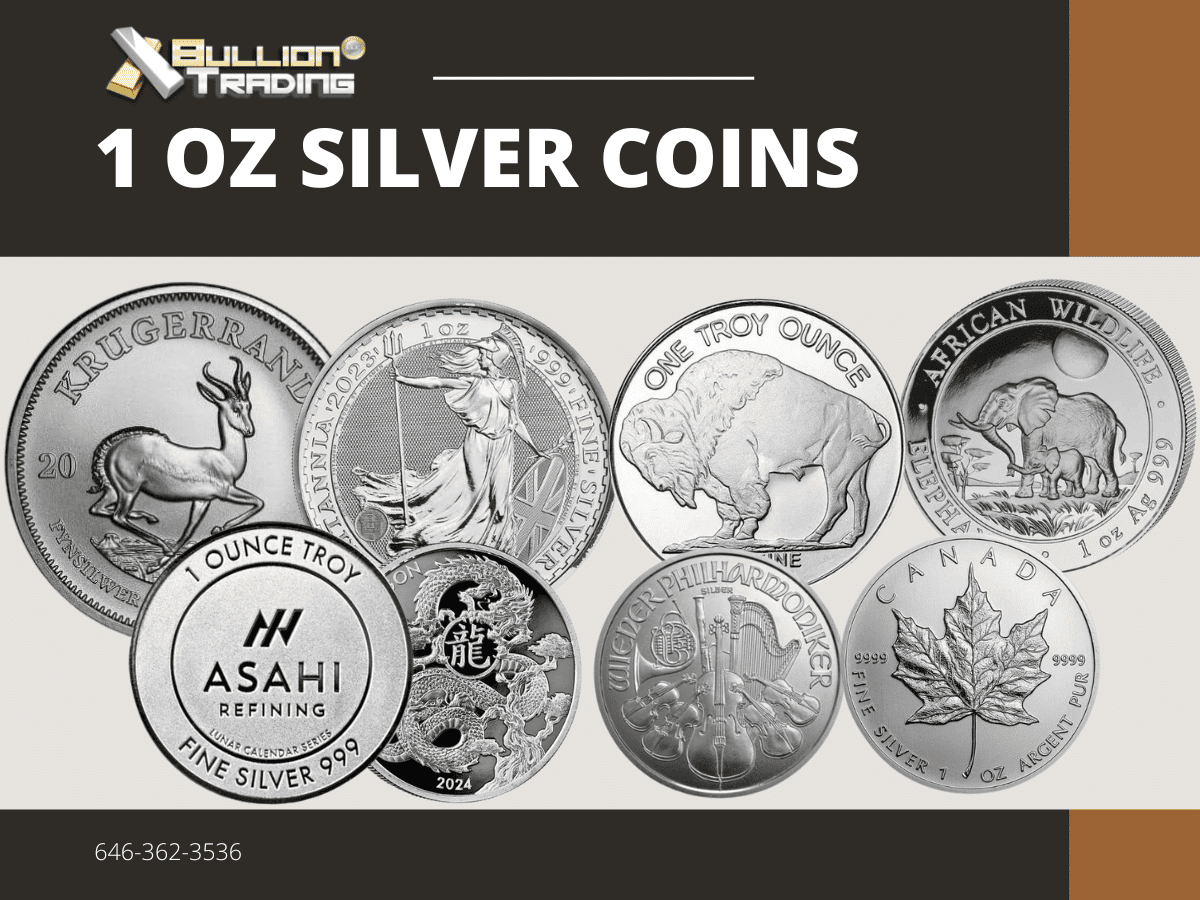Chances are, if you’re a precious metal investor or collector, you might have had casual encounters with assay cards and certificates of authenticity in your purchase history. As a responsible bullion dealer, I want to emphasize that these terms hold a great deal of importance which is why one must know what those terms mean and why one should check the assay and certificate of authenticity so that one make an informed decision when investing in precious metals.
Let’s start by elaborating on the common questions as to what does in assay mean for gold and a certificate of authenticity of precious metals.
What are Assay and Certificate of Authenticity?
You must know that assay has two meanings in the bullion industry. First, it stands for a test where the composition of the metal is tested in alloys, precious metals, and ores to analyze and measure the fineness of the metal. The motive here is to identify the quantity of precious metal in the mineral deposit. The assayer delivers the result; the grade of the components and purity of the precious metal.
An assayer is a scientific professional with expertise in assessing precious metals or ores to determine their purity and components.
Assay in regards to gold, silver, or other precious metals refers to the process to ensure the mint has produced the bullion in accordance with the standard of precious metal purity and content. For instance, when a mint produces .9999 pure silver bars sealed in an assay card, it validates that the silver bars minted in that lot correspond to the purity standard stated on the card.
A Certificate of Authenticity(COA) is the seal, sticker, or paper on a precious metal to certify its authenticity. It provides detailed information about the precious metal’s authenticity, weight, purity, and approval stamp. COA differs from the assay in that it doesn’t have a thorough process to determine the authenticity. The precious metal is not sealed with a certificate of authenticity, unlike the sealed metal in an assay card.
Generally, precious items that are larger, more valuable, and high in purity, such as billion bars, come with assay proof, and special edition items or limited edition coins are issued with a certificate of authenticity to validate their genuineness.
Types of Assay & Certificate of Authenticity
People who have purchased precious metals before must know that certain precious metals are wrapped in some assay. Precious metals are delivered with assay as additional proof to verify the purity and legitimacy of the item, which includes the serial number of the metal to solidify the claims.
Certain precious metals that are smaller in size are issued with an assay card that inscribes the product’s production date and purity. Whereas an assay certificate that has a different look than an assay card also proves the purity and authenticity of the precious metals.
Importance of Assays & Certificates of Authenticity in The Precious Metal Industry
Assay and certificate of authenticity are of significant importance in the precious metal industry as without these ways to validate the authenticity of the precious metals, it’s impossible for buyers to know the purity and authenticity of the metal they’re purchasing. They provide a vote of confidence and validate the claims regarding the metal purity made by the bullion dealer.
Also, they help eliminate fraudulent activities and scams in the precious metal industry, such as selling counterfeit or adulterated metals.
The plus point of assay cards and certificate of authenticity is it helps to keep the integrity of the precious metal intact by providing transparency and legitimacy of the precious metals, so the buyers and sellers are able to conduct transactions with confidence and trust.
How to verify the Authenticity of the Assay and Certificate of Authenticity?
The bullion industry is such that trust and reputation play a huge role because of the circulation of money in high volume. Thus, verifying the assay and certificate of authenticity card is more so important to ensure the confidence of the buyer. Some ways to corroborate the authenticity of assays and COAs are:s
Validate The Source
Buyer should verify the assay or a reputable bullion dealer or refinery issues COA. Scout for information such as the email address, phone number, and website of the bullion dealer or refinery to confirm the authenticity of the source.
Double Check The Listed Information
Make a point to check the assay, and COA enlists all the crucial information of the product, such as the product name, finesse, weight, and serial number, and make sure that the listed information matches the product.
Keep an Eagle Eye for Discrepancy
Scan the information listed in the assay and COA keenly to see if there are any spelling errors, or inconsistencies with the format or layout of the document, as they can be a sign of a fake assay or COA.
Look For Security Features
COAs include additional security features, such as a hologram or a serial number of the item, to ward off counterfeit production. Look for these features to make sure they match the product.
Rely On Trusted Third-party Service
For added peace of mind, you can always take the help of a third-party service to verify the authenticity of the bullion products. Companies such as the Professional Coin Grading Service (PCGS) or the Numismatic Guaranty Corporation (NGC) are reputable and specialize in testing the authenticity of precious metals.
How Assays & Certificates of Authenticity Can Help Avoid Scam
Investing in precious metals has countless benefits, but on the flip side, it also involves some risk, as with any investment. The risk could be the dip in market value, market liquidity, and the gravest scam and fraudulent selling of bullion products. You can overcome the economic changes in the bullion market, but how can you recover from purchasing counterfeit bullion products Let’s go through some serious scams in the bullion industry and how to steer clear of such scams:
Sale of Counterfeit Coins or Bars
Fraudsters and scammers are notorious for creating fake gold or silver coin and bar and selling them to naive and unsuspecting. It can be difficult for first-time buyers or people unfamiliar with the quality of authentic precious metals to distinguish counterfeit products.
Overcharging or Inflating Premiums
Dealers tend to impose high value on precious metals to take advantage of buyers who are not familiar with the market value of the precious metal, which results in the buyer paying more than the product’s actual value.
Bait-and-Switch Tactics
Some dealers may advertise their products at a low premium just to entice the buyers, only to lure them into purchasing high-premium products over the phone or when they visit the store. These dealers also try and pressure the buyer to purchase precious metals, exaggerating their market value, purity, etc., beyond their financial compatibility.
The best way to avoid being susceptible to such scams is to demand an assay card and certificate of authenticity when you purchase any precious metal to confirm their authenticity. Ensure that the provided assay and COA are from a reputable and independent assayer and contain the meal weight, purity, and hallmark.
And not to say that all bullion dealers are a part of such scams; reputable bullion dealers like Bullion Trading LLC don’t subscribe to such unethical practices. So you need to be agile and do your research when choosing a bullion dealer to save yourself from falling for any scams.
The Future of Assays & Certificates of Authenticity: Advancements in Technology and Industry Standards
With technology and industry standards around the bullion industry improving for the better, it will create a positive impact in the future of assays and COA, that is for sure. Some improvements that might witness in the future are:
Blockchain Technology
Bullion dealers and assayers can incorporate blockchain technology to ensure transparency and tamper-proof recording of metals, including the purity weight and ownership of the metals that can be accessed by authorized personnel. It could contribute to the need for physical certificates and make tracking the provenance of metals easier.
Sophisticated Testing Methods
Technology advancement can lead to the invention of sophisticated testing methods to assess the purity of metals. Thanks to technology, the production of X-ray fluorescence machines which is quite popular in demand nowadays, is produced and widely accessible.
Increase in Demand for Assay & COA
As bullion dealers compete for the attention of the same target audience, the importance of verifying the authenticity and purity of the precious metals will become even more important, which can lead to an increased demand for independent assays and certificates of authenticity as buyers seek to ensure that they are investing in a high-quality and authentic item.
Conclusion
To wrap things up, assays and Certificates of Authenticity are crucial components of the precious metal industry as they assure buyers that the precious metal they are purchasing is genuine and of the stated purity and helps to maintain the integrity of the precious metal market. Now as a buyer, your role is to validate the assay card and COA to safeguard your investment and always purchase from a renowned and reputable bullion dealer.
